What Is Sensitometry and Why Is It So Important In Cinematography?
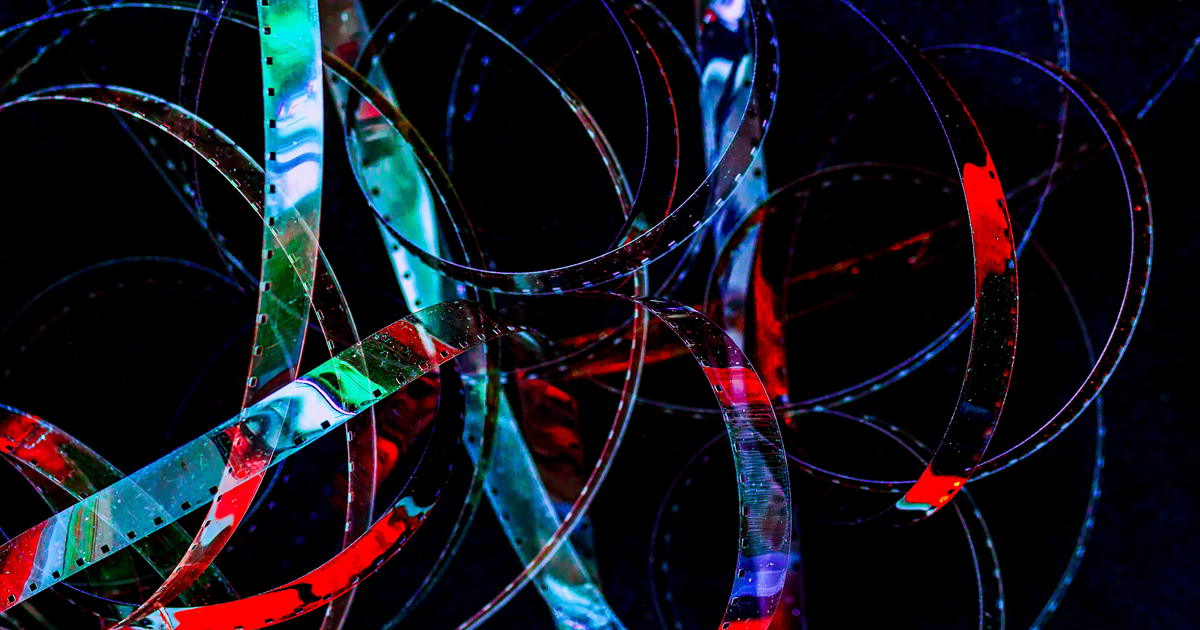
Learn about the inner workings of a camera and how to choose the right settings for your next video project
Sensitometry is the scientific study of light-sensitive materials, such as photographic film. In digital photography, the camera sensor is the electronic equivalent to photographic film. In order to understand sensitometry in a digital context, we need to first get our heads around how a camera sensor works. We will then examine the differences between shooting RAW, LOG, and Rec709 Video before looking at dynamic range and ISO.
What is a camera sensor?
A camera sensor is a piece of hardware inside a camera that receives and transmits information to make an image. It is made up of millions of cavities called “photosites.” When the camera’s shutter opens, these photosites open and capture photons, which are stored as electrical signals that the camera’s processor reads and interprets. This information is then stitched together to form a grayscale image. To capture color images, a Bayer array filter has to be placed over each photosite to determine the color of the images.
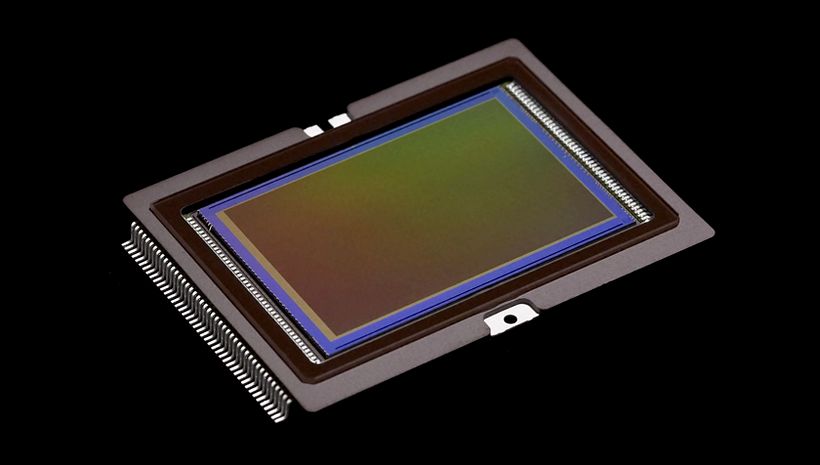
RAW footage
RAW footage is data from the camera sensor, it is not a video format. This data retains all of the details, true colors, lighting, and high-quality images that the camera produces, meaning that very precise adjustments can be made before converting the footage into video format for viewing, storing, or further manipulation. RAW footage is named so because it has not yet been processed, it is therefore also a much larger file size.

LOG or flat footage
Logarithmic footage, generally known as LOG, is a video format that has been semi-processed and is a smaller file size compared to RAW. This shooting mode captures highlights, shadows, and whites with the highest range of precision. However, colors will appear washed-out and you will need to color grade your footage in post. Cinematographers use LOG in order to capture as much information as they can about shadows and other details, knowing that colors can be regenerated in post whereas those other details can’t. Both RAW and LOG are designed to get the most information out of the image sensor.
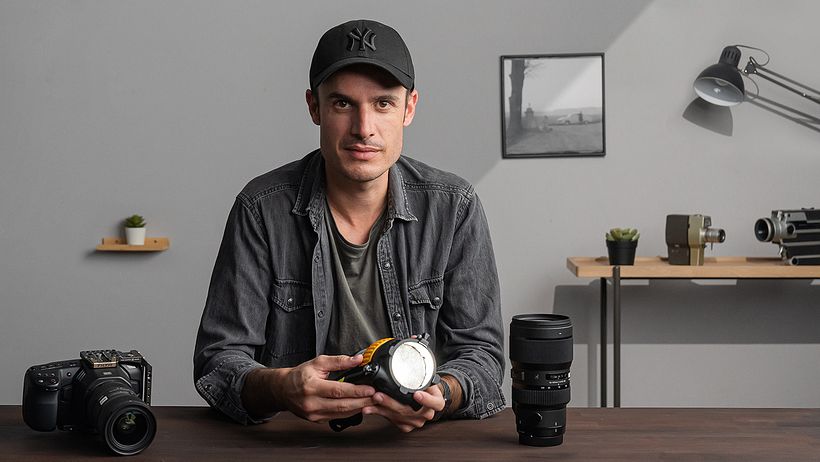
Rec709 Video
Rec709 Video is a processed video format. While it doesn’t give you as much flexibility in post-production and the quality isn’t as high, it produces images with more realistic colors and good saturation and the file size will be even more manageable than LOG. This is a good option if you don’t want to have to edit your footage much in post. On the other hand, if you want to have more control of the color grade, it is better to shoot LOG.

Cinematographer David Curto (@davidcurto), who teaches the Domestika course Advanced Cinematography Techniques, uses the analogy of a cake to explain these differences. RAW or LOG footage will be like the ingredients or the cake before it’s gone into the oven, at which point we can still add more ingredients and make adjustments. Rec709 Video is the cake once it’s already partly baked and it is, therefore, more difficult to make changes.
Curto adds, “if we look at the gamma curves, in the waveform display we can see that the LOG footage has more compressed waves compared to the Rec709, where we see the information expand."
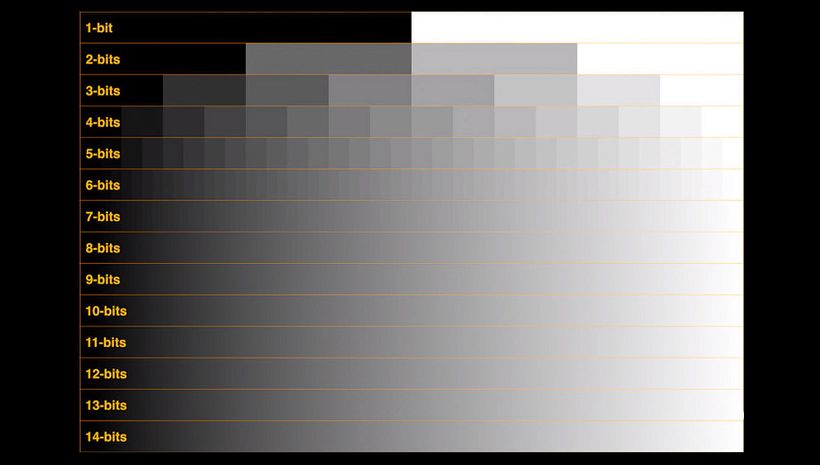
Bit Depth
Bit depth refers to how many unique colors are stored in an image in terms of the number of 0's and 1's, or "bits," which are used to specify each color. The higher the bit depth of an image, the more colors it can store. The simplest image, a 1 bit image, can only show two colors: black and white. For a grayscale image, the bit depth quantifies how many unique shades are available. RAW footage has a higher bit depth compared to LOG, this also affects the file size: more bits = more information = larger file.
Dynamic range
Dynamic range in photography describes the gradient range between the maximum and minimum measurable light intensities (white and black, respectively). The size of the photosites that make up a camera sensor, as well as how their contents are measured, determines a digital camera's dynamic range. Curto explains that the human eye has a dynamic range of about 20 or 25 f-stops. “Today, professional cameras usually have a dynamic range of about 14 or 15 f-stops whereas more affordable cameras have dynamic ranges of 8, 10, or 12 f-stops depending on the manufacturer, the model, and the year it was manufactured,” he adds.
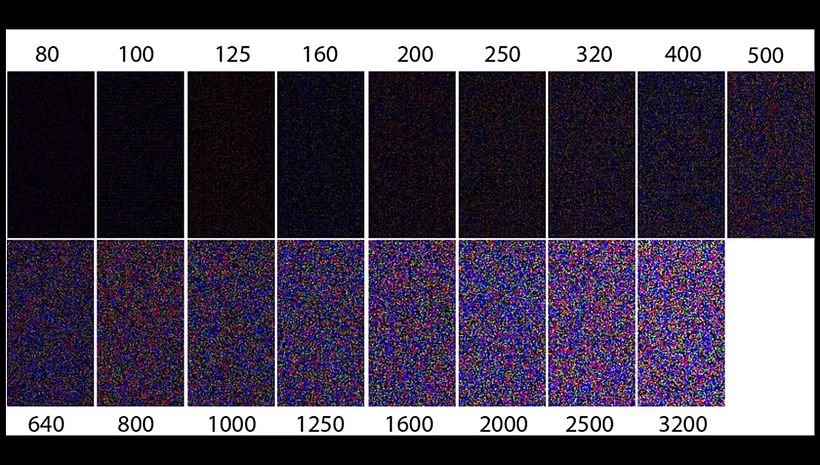
How does ISO affect dynamic range?
ISO controls how sensitive the camera is to light. Brighter conditions require lower ISO numbers, and darker conditions require higher ISO numbers. However, higher ISOs can also have an impact on image quality–your camera will pick up more digital noise and this will affect the dynamic range. The more noise your camera picks up in the shadows, the less detail your camera will be able to pull out from the shadows.
If you would like to learn more advanced cinematography techniques, sign up for David Curto’s course.
You may also like:
–What Are Anamorphic and Spherical Lenses?
–What Is Color Grading?
–Before Hollywood, There Was Fort Lee





0 comments